http://phys.org/news/2015-04-russian-archaeologists-oldest-crucible-steel.html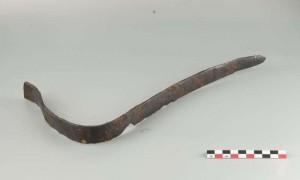 Doesn’t look like much does it? Ah, that’s what makes it interesting!
Doesn’t look like much does it? Ah, that’s what makes it interesting!
Category Archives: Uncategorized
Oldest crucible steel weapon…
- Uncategorized
- Thursday, 23 April 2015 20:55
- 0 Comments
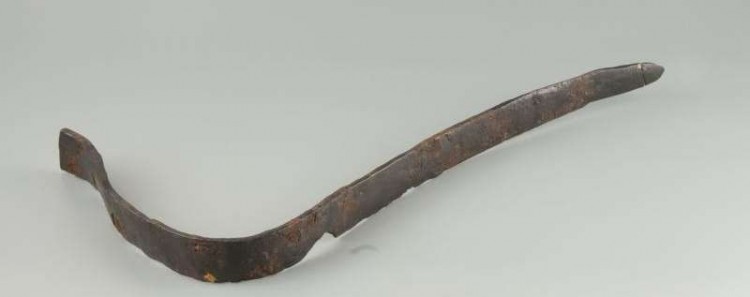
Neandertal violence
- Uncategorized
- Thursday, 23 April 2015 20:38
- 0 Comments
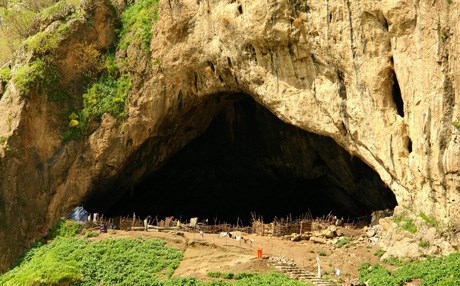
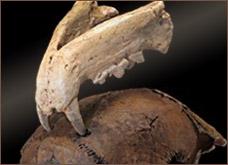
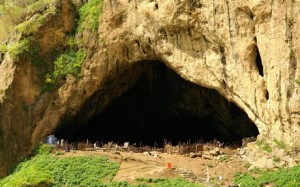 Around 45,000 years ago, in Iraqi Kurdistan, Neandertals lived in a cave that archaeologists call Shanidar Cave. One of the interesting things about the Neandertal skeletal remains is the violence demonstrated by crushed skulls and stab wounds. Keep in mind, it was a cold and forbidding, and hostile, world 45,000 years ago. Neandertals faced not only the encroachment of modern humans but some big–and we mean big–predators. Saber-toothed cats and dire wolves that make “Ghost” in Game of Thrones look puny in comparison. http://rudaw.net/english/kurdistan/150420152
Around 45,000 years ago, in Iraqi Kurdistan, Neandertals lived in a cave that archaeologists call Shanidar Cave. One of the interesting things about the Neandertal skeletal remains is the violence demonstrated by crushed skulls and stab wounds. Keep in mind, it was a cold and forbidding, and hostile, world 45,000 years ago. Neandertals faced not only the encroachment of modern humans but some big–and we mean big–predators. Saber-toothed cats and dire wolves that make “Ghost” in Game of Thrones look puny in comparison. http://rudaw.net/english/kurdistan/150420152
Special thank you!
- Uncategorized
- Thursday, 23 April 2015 20:37
- 0 Comments
It’s finally here! Today!
- Uncategorized
- Tuesday, 21 April 2015 07:00
- 0 Comments
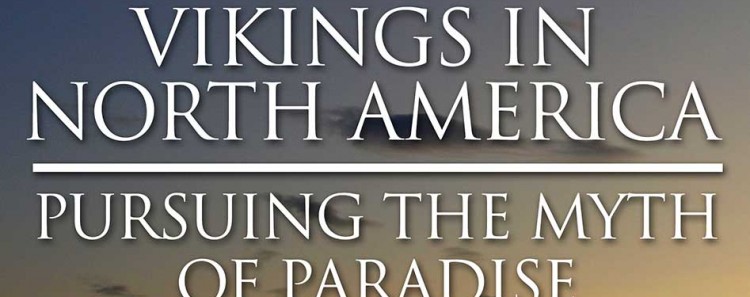
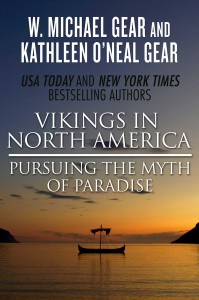 Viking explorers were not aimlessly sailing out across the arctic ocean. They had fabulous stories of a distant paradise in the West… http://www.barnesandnoble.com/w/vikings-in-north-america-kathleen-oneal-gear/1121191518?ean=9781466892477
Viking explorers were not aimlessly sailing out across the arctic ocean. They had fabulous stories of a distant paradise in the West… http://www.barnesandnoble.com/w/vikings-in-north-america-kathleen-oneal-gear/1121191518?ean=9781466892477
Elephants, aurochs and gazelles hunted 500,000 years ago.
- Uncategorized
- Monday, 20 April 2015 07:23
- 0 Comments
The now extinct animals that were hunted at the Ravidim site in Israel came from a culture archaeologists call Acheulian, and are famous for their hand axes–a prehistoric Swiss Army knife that could perform many tasks. Would have loved to have seen a Straight-tusk elephant, but species change over time. To adapt to environmental stresses like climate change, species hybridize, pulling the genes they need to survive from other species. This may be happening today with bison and cattle. As the climate warms, bison seem to be selecting for certain cattle genes. There is some evidence to suggest this natural selection favors smaller bison, which probably would be adaptive in a warmer world. Smaller bison would consume less resources and have a greater chance of survival when the grasses they need to survive get scarce. Such a diminution of bison size occurred at the end of Pleistocene Ice Age, as well. Of course, we won’t know if the cattle genes in bison helped them 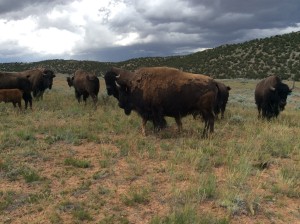 adapt to a changing climate for around 10,000 years.
adapt to a changing climate for around 10,000 years.
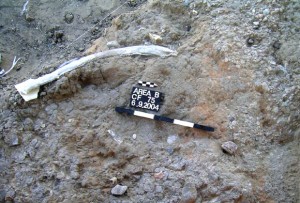 http://www.sci-news.com/archaeology/science-stone-tools-butchered-elephant-bones-revadim-israel-02620.html
http://www.sci-news.com/archaeology/science-stone-tools-butchered-elephant-bones-revadim-israel-02620.html